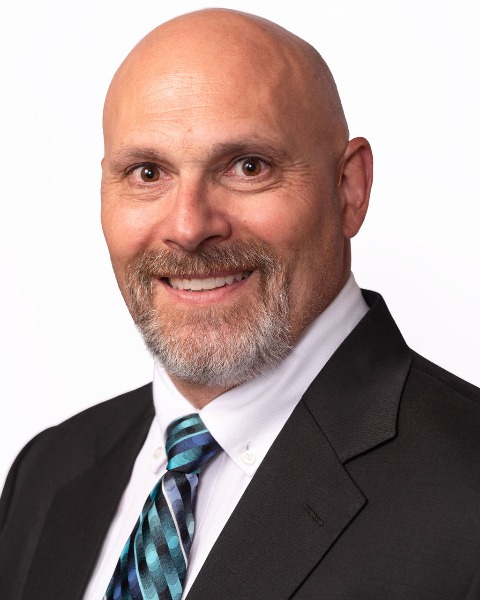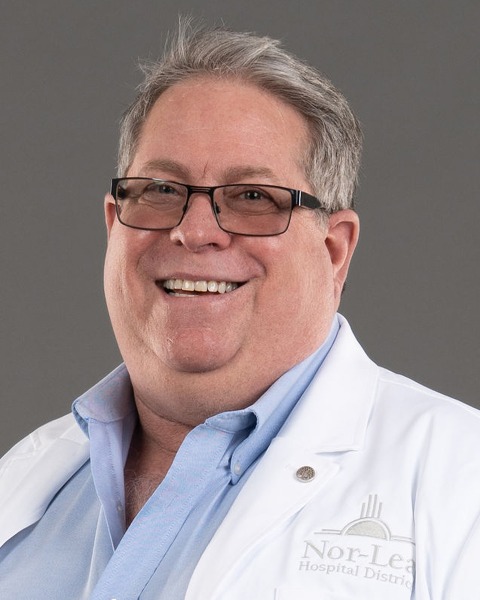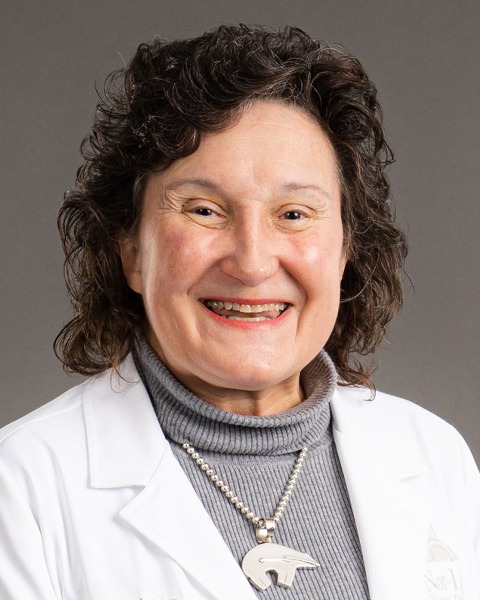PSYC-Psychiatry
PROF-Professional Role/Professional Practice
What PAs in Psychiatry Do: A Day in the Life
Saturday, May 17, 2025
8:00 AM – 9:00 AM
Location: Colorado Convention Center, Room 501
CE: 1.00 AAPA Category 1 CME

Erin C. Crown, PA-C, CAQ-Psychiatry (she/her/hers)
Managing Member
Oasis LifeCare, LLC
State College, PA, United States
Todd Allen, MBA, PA-C, CAQ-Psych
Clinical Specialist
State Hospital South
Blackfoot, ID, United States
Peter E. Carmany, MA, PAC, CAQ Psych
Psychiatric Physician Assistant
NorLea Hospital District
Lovington, NM, United States
Terri L. Langford, MD
Chief of Psychiatry, Medical Director Behavioral Health Clinic, and Medical Director Heritage IOP for Senior Adults
Nor Lea Hospital District
Lovington, NM, United States
In this session, faculty will address mental health and substance use disorder (SUD), two critical healthcare challenges. From 2019-2023, psychiatry grew significantly, increasing more than any other area of practice for PAs. The Health Resources and Services Administration (HRSA) has forecasted an 86% increase in the number of PAs in the field of psychiatry by 2030. Through a panel discussion, attendees will hear from PAs and a psychiatrist about how to enter a practice in psychiatry; the relationship between medicine and psychiatry; insights about in-patient (state hospital and acute care), out-patient, and private practice; models of collaboration with psychiatrists and other mental health providers; and tips and resources to gain experience and support one’s practice. With more than 122 million Americans living in mental health profession shortage areas, this session equips PAs and PA students about how the PA role has adapted to address patient needs through the practice in psychiatry.
Learning Objectives:
At the conclusion of this session, participants should be able to:
- Compare practice settings in psychiatry: inpatient, outpatient, and private practice
- Describe the medical management of the psychiatry patient
- List opportunities, benefits, and tips for working in psychiatry

